Pre ms flare up symptoms. Navigating Multiple Sclerosis Flare-Ups: Spotting the Signs and Finding Relief
What are the signs of an MS flare-up? How can you differentiate between a true flare and a pseudoexacerbation? Discover the key symptoms, triggers, and treatment options for managing multiple sclerosis relapses.
Understanding MS Flares: Types and Symptoms
Multiple sclerosis (MS) is a chronic, unpredictable neurological condition characterized by periods of remission and relapse. About 85 percent of people with MS are first diagnosed with relapsing-remitting MS (RRMS), which means they experience relapses (also called flares, attacks, or exacerbations) and remissions, where symptoms become less severe or disappear.
So, what exactly is an MS flare-up? An MS flare occurs when inflammation in the central nervous system (brain and spinal cord) causes damage to the myelin sheath that protects the nerve fibers, as well as the underlying nerve fibers. To be considered a true flare or exacerbation, the new or recurring symptoms must last for at least 24 hours and occur at least 30 days after the previous flare.
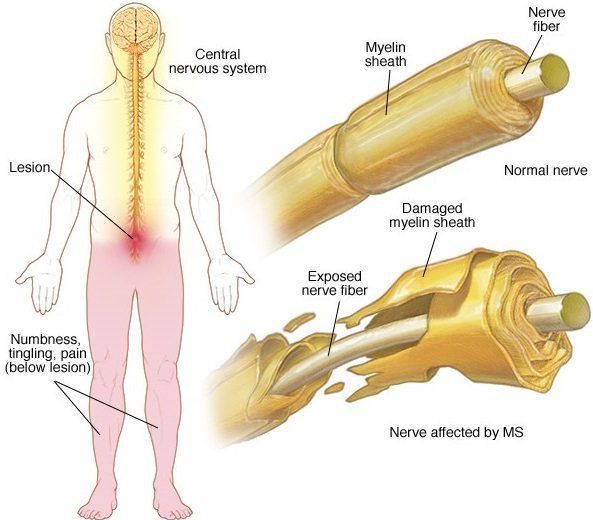
Distinguishing Between Flares and Pseudoexacerbations
It’s important to note that not all periods of worsening symptoms are true MS flares. Sometimes, a person may experience a pseudoexacerbation, which is a temporary worsening of symptoms that clears up in less than 24 hours. Pseudoexacerbations can be triggered by factors such as heat, humidity, overexertion, fatigue, fever, infections, depression, and stress, but they do not cause any new damage to the central nervous system.
So, how can you tell the difference between a flare and a pseudoexacerbation? True flares typically start gradually, consist of new “negative symptoms” or loss of function (like weakness, vision loss, or numbness), and last for multiple days. Symptoms that are brief and transient are more likely to be a pseudoexacerbation.
Recognizing the Signs of an Impending Flare
Many people with MS become familiar with certain symptoms that signal a flare may be coming. Common early warning signs include:
- Tingling or numbness in the feet or fingers
- Increased fatigue
- Muscle spasms
- Visual changes, such as blurred vision
- Difficulty thinking or brain fog
By paying attention to how your body typically responds to an impending flare, you can often catch the signs early and take steps to manage the relapse.

Triggers and Factors That Can Contribute to Flares
While the underlying cause of MS flares is the autoimmune attack on the central nervous system, there are several factors that can contribute to or exacerbate a relapse:
- Infections, such as urinary tract infections
- Fever
- Stress
- Overexertion or physical exhaustion
- Changes in temperature or humidity
- Certain medications or supplements
By being mindful of these potential triggers, you can take proactive steps to prevent or manage a flare-up.
Treating and Managing MS Relapses
Not all MS flares require medical treatment. Mild sensory changes or episodes of fatigue that don’t significantly impact your daily life can often be left to improve on their own. However, for more severe relapses, the standard treatment is a short course of high-dose corticosteroids, typically administered intravenously or orally over 3-5 days.
Corticosteroids work by reducing inflammation and speeding recovery from the relapse, but they do not correct the underlying damage to the nervous system. For people who cannot tolerate or do not respond to steroids, alternative treatment options may include H.P. Acthar Gel, plasma exchange, or other medications.

Maintaining Balance and Seeking Support
While it’s important to be aware of the signs of an impending flare, it’s also crucial to find a balance between vigilance and worrying about every little change in your body. Overreacting to every symptom can have a negative impact on your mental health.
If you experience new or worsening symptoms, it’s always best to inform your healthcare provider right away, as they can help determine if it’s a true flare or something else. Additionally, seeking support from family, friends, and MS support groups can be invaluable in managing the ups and downs of this chronic condition.
Conclusion
Navigating multiple sclerosis flare-ups can be a challenging aspect of living with this unpredictable condition. By understanding the difference between true flares and pseudoexacerbations, recognizing the early warning signs, and working closely with your healthcare team, you can take proactive steps to manage relapses and maintain your quality of life. Remember, knowledge and self-awareness are key to successfully managing MS flare-ups.

How to Spot the Signs of an MS Flare
About 85 percent of people who have multiple sclerosis are first diagnosed with relapsing-remitting MS (RRMS), according to the National Multiple Sclerosis Society (NMSS). This means they have relapses (also called flares, attacks, or exacerbations), or periods where symptoms get worse or new symptoms appear, and remissions, or periods when their symptoms are less severe or disappear.
Some people with secondary-progressive MS, a later stage of RRMS, continue to have relapses, along with a general progression of symptoms and disability.
Is It a Flare or a Pseudoexacerbation?
MS flares occur when inflammation in the central nervous system (brain and spinal cord) causes damage to the myelin sheath that protects the nerve fibers, as well as the underlying nerve fibers.
To be considered a true flare or exacerbation, a relapse must occur at least 30 days after the previous flare, and the new or recurring symptoms must last for at least 24 hours, per the NMSS.
When new or worsened MS symptoms clear up in less than 24 hours, it’s called a pseudo-relapse or pseudoexacerbation. Heat, humidity, overexertion, fatigue, fever, and infections (such as urinary tract infections) can cause pseudoexacerbations, notes the NMSS. Other illnesses, depression, and stress can also cause pseudoexacerbations, according to the Multiple Sclerosis Association of America (MSAA).
While the symptoms of a pseudoexacerbation are real, there is no new damage being done in the central nervous system.
True flares can last anywhere from a few days to a few weeks or months, per the NMSS.
It is not always clear from the outset whether a person is experiencing a flare or a pseudoexacerbation, and sometimes watching and waiting is the only way to know.
But if you experience any new symptom that interferes with your ability to function normally, says Matthew McCoyd, MD, a neurologist at Loyola University Medical Center in Chicago, let your doctor know about it right away.
Symptoms of a Flare
The signs and symptoms of an impending MS flare include virtually any of the possible symptoms caused by MS. They vary from person to person and from flare to flare.
True flares gradually worsen over the course of hours, consist of new “negative symptoms” or loss of function (weakness, vision loss, gait impairment, numbness), and will typically last multiple days. Symptoms that are brief and transient (lasting less than 24 hours) are not consistent with a flare.
Many people begin to recognize certain symptoms that signal that a flare may be coming. “As unpredictable as the disease is, my signs are pretty regular,” says Cathy Chester, a writer in New Jersey who was first diagnosed with relapsing-remitting MS in 1986.
“My feet and sometimes my fingers start tingling, and I begin to feel weak; those are usually the first signs that something is awry,” says Chester. For Chester, numbness and extra fatigue often follow those initial symptoms. “I know at that point that my body is warning me that a flare or a pseudoexacerbation is coming,” she says.
“I know at that point that my body is warning me that a flare or a pseudoexacerbation is coming,” she says.
According to the NMSS, signs and symptoms of MS include:
- Increased fatigue
- Tingling or numbness anywhere on the body
- Brain fog, or difficulty thinking
- Muscle spasms
- Depression
- Visual changes, such as blurred vision
- Pain
- Tremor
- Balance problems
- Weakness
- Dizziness
- Bladder changes
- Any combination of these symptoms
When you know how MS usually affects you, monitoring how you feel from day to day can help you catch potential flares early. On the other hand, being overly vigilant can have a negative effect on your mental health.
It’s best — although not easy — to find a way to strike a balance between noticing what’s happening in your body and worrying about every change or sensation.
“When I was first diagnosed, I worried a lot more when I started to get these signals, partly because everything was new,” says Chester. Now that she’s more knowledgeable about life with MS, she adds, it’s become easier to notice symptoms or changes in her body and not overreact or get stressed about them.
Now that she’s more knowledgeable about life with MS, she adds, it’s become easier to notice symptoms or changes in her body and not overreact or get stressed about them.
It’s also important to consider other possible causes of your symptoms; they may have nothing to do with MS, but they may still need to be checked out by a medical professional.
How to Treat an MS Relapse
Not all flares require treatment. Mild sensory changes or episodes of fatigue that don’t significantly impact your daily life can usually be left to get better on their own, notes the NMSS.
Severe MS flares are usually treated with a short course of high-dose corticosteroids, most commonly administered intravenously or orally over three to five days.
Steroids reduce inflammation and speed recovery from the relapse, but they don’t correct the damage to the nervous system.
For people who can’t tolerate or don’t respond to steroids, there are other treatment options. These include:
- H.
 P. Acthar Gel, a highly purified preparation of adrenocorticotropic hormone (ACTH) in a gel. ACTH stimulates the adrenal cortex gland to secrete cortisol, corticosterone, and aldosterone, per the NMSS.
P. Acthar Gel, a highly purified preparation of adrenocorticotropic hormone (ACTH) in a gel. ACTH stimulates the adrenal cortex gland to secrete cortisol, corticosterone, and aldosterone, per the NMSS. - Plasmapheresis (plasma exchange). This exchange, also referred to as a “blood-cleansing procedure,” may be helpful for people experiencing an MS relapse who have not adequately responded to corticosteroids, according to the NMSS.
- Rehabilitation. Various forms of rehabilitation can help restore physical and mental functioning that’s been affected by an MS flare.
Can MS Relapses Be Prevented?
MS flares may not be completely preventable, but the newer disease-modifying medications for MS have been shown to reduce the frequency and severity relapses, per the NMSS. It can take a few tries to find the drug that works best for you.
Aside from medication, remaining calm and adopting a positive attitude whenever possible can help prevent a flare from coming on, says Chester.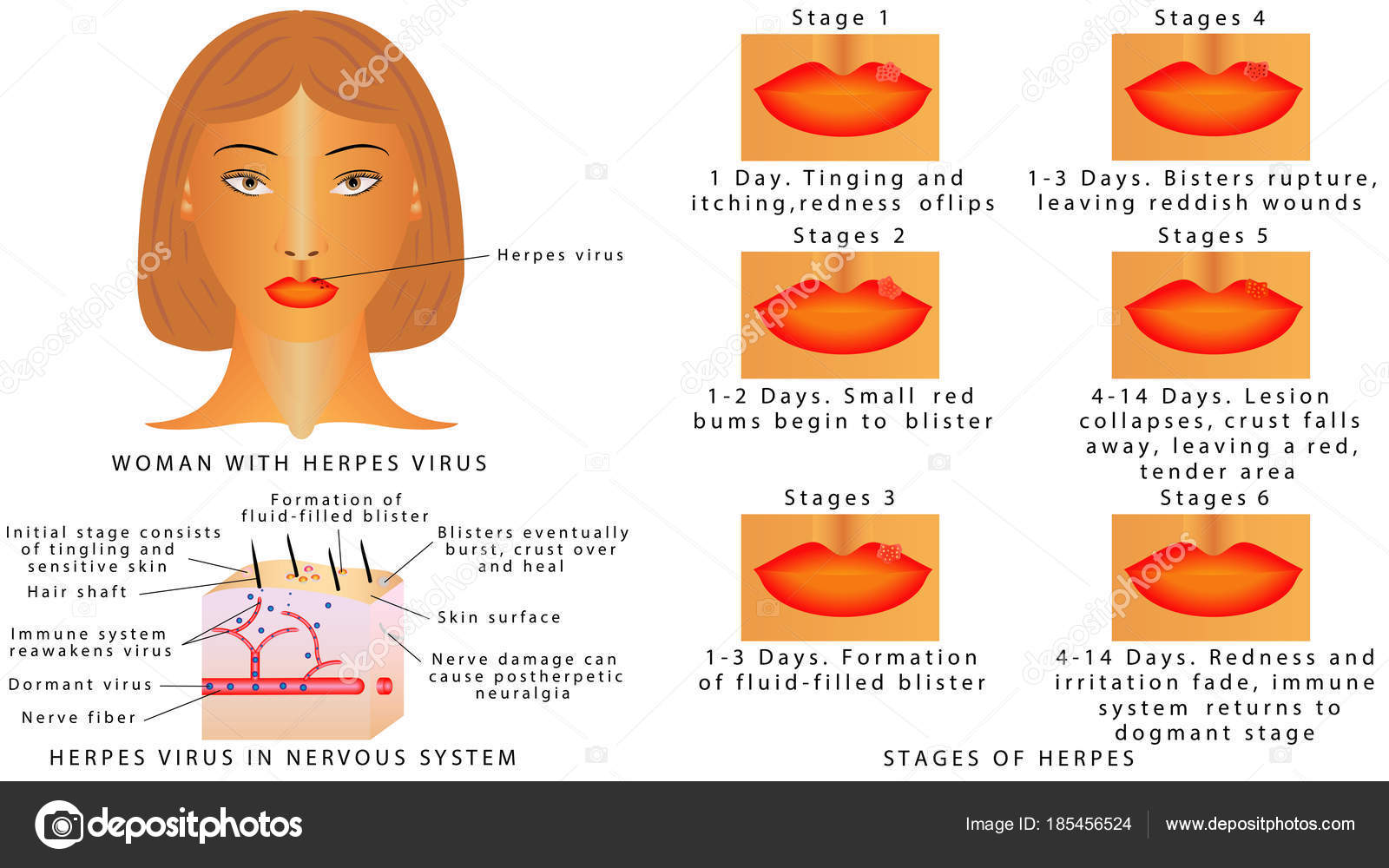 “Keeping your stress level at a minimum and taking care of yourself really does help,” she says. “Listen to your body and reach out for support from friends and family. If you need something, ask,” she adds.
“Keeping your stress level at a minimum and taking care of yourself really does help,” she says. “Listen to your body and reach out for support from friends and family. If you need something, ask,” she adds.
Here are some common MS symptoms and a few self-care tips to manage them.
Have a plan to head off fatigue. MS fatigue is not like normal fatigue. It can be so severe that it’s disabling. But “good sleep habits, avoiding caffeine and too much alcohol, and getting some daily exercise are good ways to prevent MS fatigue,” says Dr. McCoyd. There are also medicines that help fight MS fatigue.
Find workarounds for brain fog. Slowed thinking, confusion, and difficulty concentrating are frequent but under-recognized MS symptoms. “It can be infuriating for me, because I’m a writer,” says Chester. “I have issues finding the right word that I want to use, or I can’t remember facts that I know by heart,” she says. Two strategies that can help you stay focused and remember things better are to avoid multitasking and to write things down. Cognitive rehabilitation can also help.
Cognitive rehabilitation can also help.
Get help for painful symptoms. Chester had MS for more than 30 years before she experienced spasticity. “I have spasms in my feet, my calves, and my hands, and it comes and goes,” she says. “It’s a strange feeling to watch your toes and fingers have a mind of their own,” she adds.
“It can be very painful; I didn’t want to add another medication, and so I use deep breathing and meditation to help with the pain,” says Chester. On the suggestion of her neurologist, Chester also began to drink water with electrolytes, and that’s helped, she says.
Take depression seriously. “Depression is common in MS and often goes unrecognized,” McCoyd says. “It is important for people with MS to have lots of support, exercise regularly, and use stress-reduction techniques like yoga or meditation to combat this MS symptom.” Seeking help from a mental health professional is also important when depression persists in spite of self-care efforts.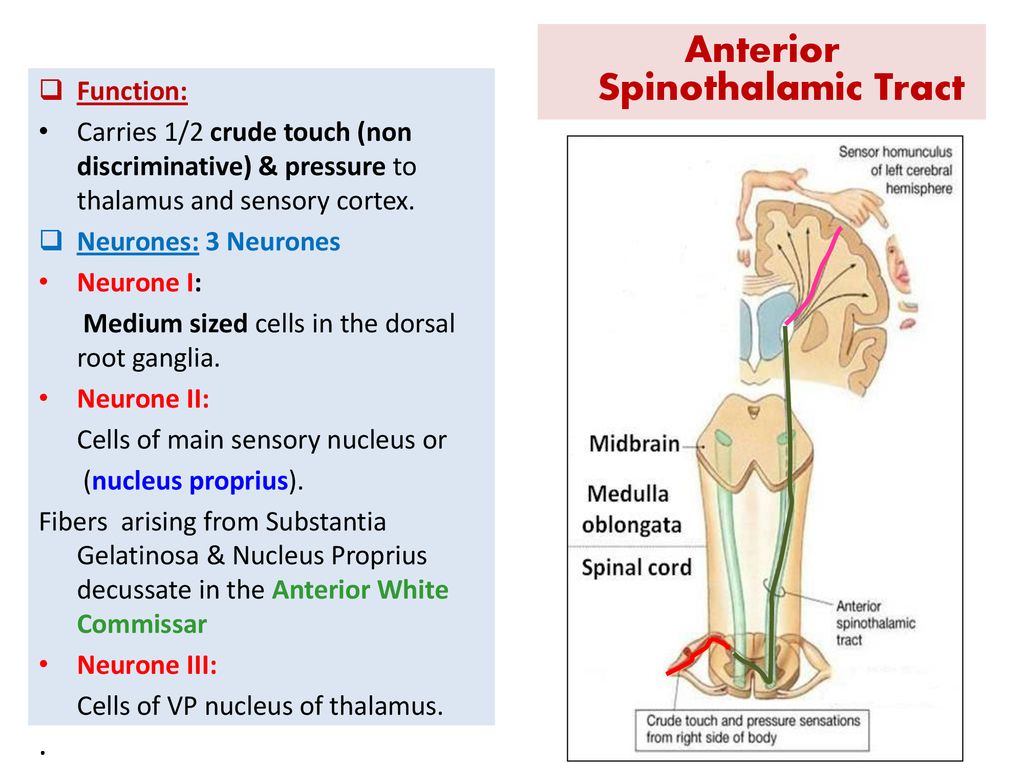
Additional reporting by Becky Upham.
Young Latina With MS Finds Community via Social Media
After navigating the healthcare system largely alone since childhood, Crystal Bedoya takes joy in finally connecting with people who understand.
By Crystal Bedoya
MS Medication Side Effects That Affect Your Skin
Some medications used to treat multiple sclerosis can cause side effects that involve the skin. Learn what to look for and how to respond.
By Cathy Cassata
12 Ways to Fight MS Fatigue
Fatigue is one of the most common symptoms of MS, but it can arise from different causes. These 12 tips may help you to have more energy.
By Chris Iliades, MD
When MS Has You Seeing Double
For the blogger Trevis Gleason, a fever causes a pseudoexacerbation, resulting in double vision.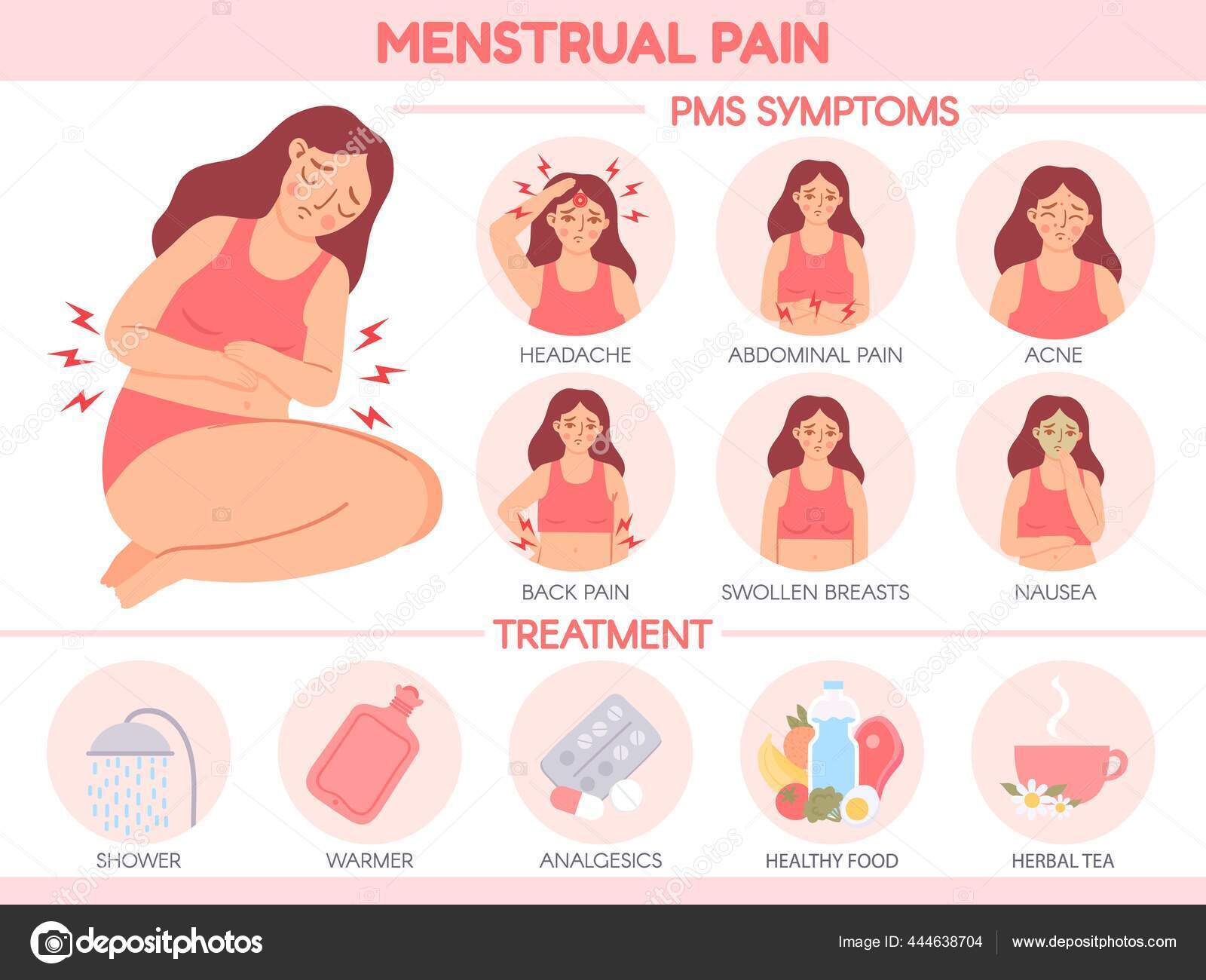 Luckily, rest and cooling down help.
Luckily, rest and cooling down help.
By Trevis Gleason
Depression, Anxiety, and MS: What’s the Connection?
Depression and anxiety are common among people with multiple sclerosis. Learn more about symptoms and treatment, plus the role of inflammation.
By Milly Dawson
MS Progression Hits Home for Bicyclist and Fundraiser
As he rides across Canada to raise funds and awareness, Jonathan Allenger is dealing with the mental health consequences of an MS relapse.
By Julie De Vos
8 Symptoms of MS Relapse: How To Know if You’re Having a Flare
Connect with others living with multiple sclerosis
sign up
Resources
Making Decisions About Relapsing MS Treatment
Medically reviewed by
Luc Jasmin, M. D., Ph.D., FRCS (C), FACS
D., Ph.D., FRCS (C), FACS
Article written by
Maureen McNulty
- People with relapsing forms of multiple sclerosis (MS) may go through periods of new or worsening symptoms called flares.
- Common symptoms of MS flares can include feeling tired, pain, numbness, dizziness, muscle spasms, muscle weakness, brain fog, problems with going to the bathroom, or trouble seeing.
- Disease-modifying therapies (DMTs) can help reduce the rate of relapses and slow MS progression.
Many people with multiple sclerosis (MS) experience periods of new or worsening symptoms. These episodes are known as flare-ups, relapses, or exacerbations. About 4 out of 5 people with MS are initially diagnosed with relapsing types of MS (including relapsing-remitting MS, or RRMS), which can all involve flares.
During a flare, you may experience new MS symptoms or have old symptoms return. Symptoms may last anywhere from a couple of days to several months. On average, flares tend to improve after four to six weeks. There is no specific list of symptoms that doctors use to diagnose a flare — these episodes look different from person to person. Flares may also vary each time you have them. New flares may involve different symptoms compared to old flares. Additionally, some flares only cause minor issues, and others can drastically affect your health.
On average, flares tend to improve after four to six weeks. There is no specific list of symptoms that doctors use to diagnose a flare — these episodes look different from person to person. Flares may also vary each time you have them. New flares may involve different symptoms compared to old flares. Additionally, some flares only cause minor issues, and others can drastically affect your health.
Read more about how long MS relapses last.
How Do You Know if It’s a Flare?
You are not necessarily having a flare-up every time you feel a little worse than usual. You could be experiencing health problems caused by other factors, or your MS symptoms may periodically improve and worsen without technically being a flare. Neurologists consider it a flare if:
- Your symptoms last for 24 hours or more.
- Your symptoms can’t be explained by another factor, including fever or infection.
- Your condition was stable for 30 days or more before your symptoms worsened.

If your new or worsening symptoms don’t meet these criteria, you may be having a pseudoexacerbation. Pseudoexacerbations aren’t caused by new damage to the central nervous system. They are associated with other influences, which can range from hot weather to stress or an infection — most frequently a urinary tract infection.
Below are some possible symptoms that may arise when you’re having a flare. However, keep in mind that your flares may not include any or all of these symptoms. You may also experience other health issues that are not on this list. Talk to your health care provider if you’re not sure whether you are experiencing a flare and need help managing relapses.
1. Fatigue
Tiredness is one of the most common symptoms of a flare. You may also experience weakness or malaise (a general overall feeling of sickness).
During a flare, fatigue may be caused by cytokines — substances produced by the immune system. In addition to causing certain symptoms of MS flares, cytokines may slow down the speed at which your nerves convey messages.
A flare that consists primarily of fatigue may not need any treatment — your energy levels should eventually return to normal. However, talk to your doctor if you’re so tired that you can’t carry out your usual activities.
2. Pain
Pain is another common symptom that people experience during MS flares. There are many different types of pain you may notice, including:
- Cramping
- Headaches
- Facial pain
- Back pain
- Burning pain in your feet or hands
- Muscle aches
- A squeezing feeling around your midsection
Pain may occur as nerve cells in your brain, spinal cord, or other parts of your body are damaged. MS can also cause tightening or stiffening of the muscles, which may lead to pain.
Medications, medical devices, massage, acupuncture, and yoga may help reduce pain. Physical therapy or occupational therapy may also help prevent new symptoms of pain.
3. Unusual Sensations
Unusual Sensations
MS flares can lead to several unusual or uncomfortable sensations, such as:
- Numbness
- Tingling
- A pins-and-needles sensation
- Itching
- Electric shocks
- Restless legs syndrome (a condition that makes you feel like you have to move your legs)
Your nerves are responsible for noticing various sensations and communicating these feelings to the brain. When MS damages the nerves, these unusual sensations can be the result.
When these sensations are mild, you may not need treatment. The sensations will generally improve after a short time. However, you should talk to your doctor if these feelings are severe or ongoing.
4. Balance Problems
You may feel dizzy, lightheaded, or uncoordinated during an MS flare. It may be harder than usual to walk. You may also experience vertigo (a feeling like everything is spinning around you).
These changes occur when the parts of your nervous system that control balance become damaged by MS.
Balance problems may make it unsafe for you to walk or take part in your usual activities. Tell your doctor about this symptom so that it can be treated right away.
5. Muscle Tightness and Weakness
Trouble walking or moving may also come as a result of spasticity — muscle stiffness or muscle movements that you can’t control. You may have a hard time bending or straightening your joints as a result of spasticity.
When spasticity is severe, it can be painful. In people with MS, this symptom most often occurs in the leg muscles. Weakness can also be the issue. It can affect your legs or arms.
6. Problems With Thinking
An MS relapse may leave your mind in a fog. You may have a hard time:
- Thinking clearly
- Concentrating
- Remembering
- Learning
- Planning or organizing
- Talking or listening
Known as cognitive symptoms, these symptoms affect more than half of people with MS.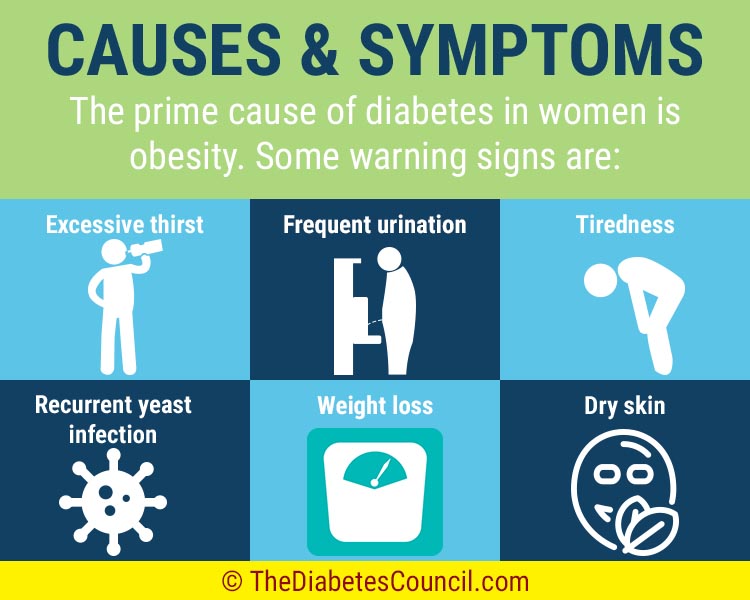 If you are experiencing changes in the way your mind works, talk to your doctor. Your health care team can help evaluate problems and may recommend cognitive rehabilitation or other strategies to help you improve and cope.
If you are experiencing changes in the way your mind works, talk to your doctor. Your health care team can help evaluate problems and may recommend cognitive rehabilitation or other strategies to help you improve and cope.
7. Changes in Bladder or Bowel Habits
Many people with MS need to urinate frequently, experience constipation or diarrhea, or have a hard time holding in stool or urine. These problems, which can get worse during a flare, may develop if there are problems with the parts of the spinal cord that help control the bladder or intestines.
Bladder or bowel problems may hold you back and stop you from living your life to the fullest. However, your doctor can help you come up with treatment options — which may include medication, medical devices, diet changes, pelvic floor therapy, surgery, or lifestyle changes — to help you avoid these issues in the future.
8. Vision Changes
You may have a hard time seeing clearly during an MS flare-up.:max_bytes(150000):strip_icc()/do-arthritis-patients-live-with-constant-pain-2552224_color1-5c1afe584cedfd000142916d.png) About 7 out of 10 people with MS have at least one occasion during their illness in which they experience vision problems. These issues include blurred vision, double vision, a blind spot, difficulty seeing colors, unusual eye movements, or blindness.
About 7 out of 10 people with MS have at least one occasion during their illness in which they experience vision problems. These issues include blurred vision, double vision, a blind spot, difficulty seeing colors, unusual eye movements, or blindness.
Eye problems during MS may occur as a result of inflammation of the optic nerve (the nerve fiber that carries signals from the eyes to the brain) or because of weakness or stiffness of the muscles around the eye.
Vision problems can be serious. If you are having new or worsening vision problems, tell your doctor right away. Medications such as corticosteroids can help treat vision loss and other symptoms of a flare.
MS Treatments Can Reduce the Rate of Relapses
Disease-modifying therapies (DMTs) were approved based on their proven effectiveness in reducing the rate of relapses and slowing the progression of MS. If you’ve been taking your prescribed DMT on schedule, as directed, and you’re still having relapses, it may be time to talk to your doctor about your MS treatment plan./how-to-determine-whether-you-are-having-a-miscarriage-2371261_FINAL-a6bebec7b81342209a8e06de20c145ed.png)
Talk With Others Who Understand
MyMSTeam is the social network for people with multiple sclerosis and their loved ones. On MyMSTeam, more than 195,000 members come together to ask questions, give advice, and share their stories with others who understand life with multiple sclerosis.
Do you have the same symptoms with each MS flare, or do they vary? Share your experience in the comments below, or start a conversation by posting on MyMSTeam.
References
- Managing Relapses — National Multiple Sclerosis Society
- What Is a “Pseudoexacerbation”? — Multiple Sclerosis Association of America
- Management of Acute Exacerbations in Multiple Sclerosis — Annals of Indian Academy of Neurology
- MS Relapses — Multiple Sclerosis News Today
- Diagnosis of Multiple Sclerosis: 2017 Revisions of the McDonald Criteria — The Lancet Neurology
- Pain and Multiple Sclerosis — Multiple Sclerosis News Today
- Vertigo and Dizziness — National Multiple Sclerosis Society
- Spasticity — National Multiple Sclerosis Society
- Cognitive Changes — National Multiple Sclerosis Society
- Bladder Problems — National Multiple Sclerosis Society
- Bowel Problems — National Multiple Sclerosis Society
- MS Vision Problems: Common Eye Symptoms — Multiple Sclerosis News Today
 D., Ph.D., FRCS (C), FACS is a board-certified neurosurgery specialist. Learn more about him here.
D., Ph.D., FRCS (C), FACS is a board-certified neurosurgery specialist. Learn more about him here.Maureen McNulty studied molecular genetics and English at Ohio State University. Learn more about her here.
Related articles
What Does an MS Relapse Feel Like?
Multiple sclerosis (MS) relapses are different for everyone.An MS relapse, or flare-up, is the ap…
What Does an MS Relapse Feel Like?
Multiple sclerosis (MS) relapses are different for everyone.An MS relapse, or flare-up, is the ap…
read article >
How Long Does an MS Relapse Last?
Relapses, or periods of increased symptoms and disease activity, are common in relapsing forms of…
How Long Does an MS Relapse Last?
Relapses, or periods of increased symptoms and disease activity, are common in relapsing forms of…
read article >
Recognizing Emergencies: When To Go to the Hospital for MS Relapse
When multiple sclerosis (MS) symptoms intensify, anxiety and discomfort can make it hard to tell . ..
..
Recognizing Emergencies: When To Go to the Hospital for MS Relapse
When multiple sclerosis (MS) symptoms intensify, anxiety and discomfort can make it hard to tell …
read article >
What Are the Relapsing Forms of MS?
The three relapsing forms of multiple sclerosis (MS) are clinically isolated syndrome (CIS), rela…
What Are the Relapsing Forms of MS?
The three relapsing forms of multiple sclerosis (MS) are clinically isolated syndrome (CIS), rela…
read article >
Do Root Canals Cause MS or Trigger Flares?
Many people with multiple sclerosis (MS) have questions about whether dental work and root canals…
Do Root Canals Cause MS or Trigger Flares?
Many people with multiple sclerosis (MS) have questions about whether dental work and root canals…
read article >
Can MS Affect the Sinuses? Runny Noses, Sneezing, and More
Because multiple sclerosis (MS) impacts neurological function, most people living with the condit. ..
..
Can MS Affect the Sinuses? Runny Noses, Sneezing, and More
Because multiple sclerosis (MS) impacts neurological function, most people living with the condit…
read article >
Recent articles
Topical Treatments To Relieve MS Pain: What Works?
Peppermint and chili peppers add flavor to your favorite foods, but did you know that they’re als…
Topical Treatments To Relieve MS Pain: What Works?
Peppermint and chili peppers add flavor to your favorite foods, but did you know that they’re als…
read article >
Is It MS or Stiff Person Syndrome? 9 Ways To Tell the Difference
Multiple sclerosis (MS) and stiff-person syndrome (SPS) are both autoimmune diseases affecting th…
Is It MS or Stiff Person Syndrome? 9 Ways To Tell the Difference
Multiple sclerosis (MS) and stiff-person syndrome (SPS) are both autoimmune diseases affecting th…
read article >
Is It Safe for Older People With MS To Stop Taking a DMT?
With age comes wisdom, and if you’re lucky, it may also come with fewer multiple sclerosis (MS) r.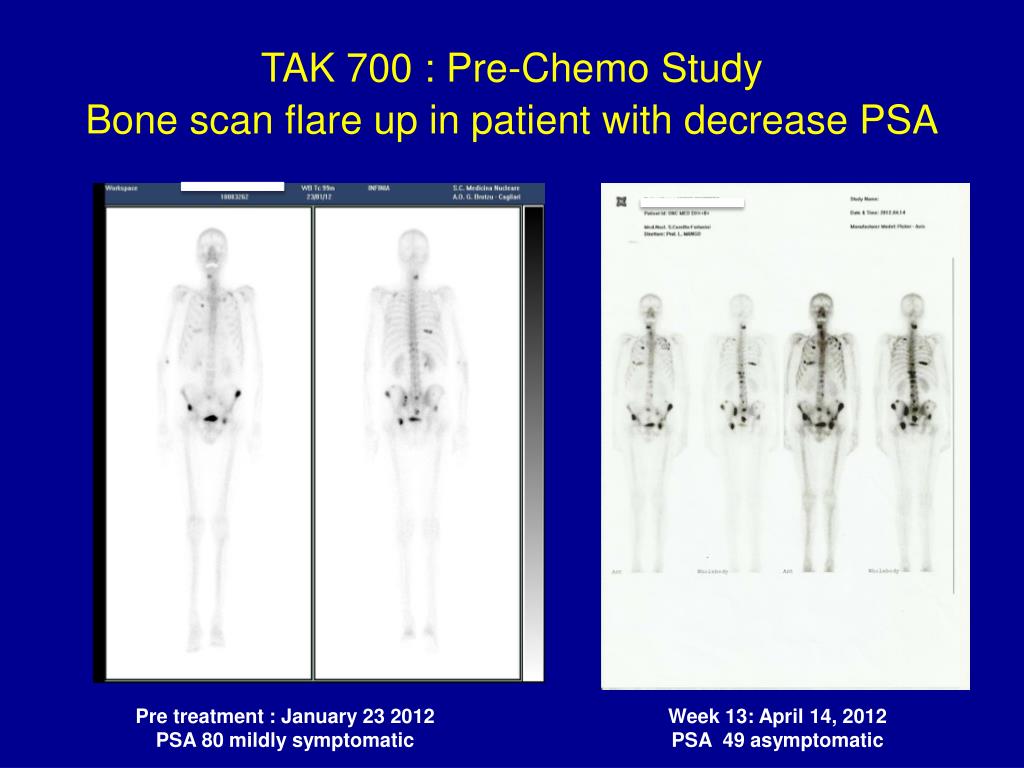 ..
..
Is It Safe for Older People With MS To Stop Taking a DMT?
With age comes wisdom, and if you’re lucky, it may also come with fewer multiple sclerosis (MS) r…
read article >
8 Doctors Who Treat MS: Which Specialist Handles Which Problem?
When it comes to multiple sclerosis (MS), having the right doctors on your side is essential. Wit…
8 Doctors Who Treat MS: Which Specialist Handles Which Problem?
When it comes to multiple sclerosis (MS), having the right doctors on your side is essential. Wit…
read article >
Bell’s Palsy and MS: What’s the Connection?
You look in the mirror, and something’s different. One side of your face is drooping. The muscles…
Bell’s Palsy and MS: What’s the Connection?
You look in the mirror, and something’s different. One side of your face is drooping. The muscles…
read article >
Is It Stroke or MS Symptoms? 5 Ways To Tell the Difference
If you’re living with multiple sclerosis (MS) and are experiencing new or worsening symptoms, you. ..
..
Is It Stroke or MS Symptoms? 5 Ways To Tell the Difference
If you’re living with multiple sclerosis (MS) and are experiencing new or worsening symptoms, you…
read article >
New to MyMSTeam?
Learn More
Quick Links
Q+ATreatments A-ZResourcesNewsMS VideosAre you a provider?Crisis
Help With This Site
Getting startedFAQCommunity guidelinesContact usAccessibility
About Us
Partner with usTerms of servicePress/NewsPrivacy policyCookie policyWhat is MyMSTeam?
Powered By
© 2023 MyHealthTeam. All rights reserved.
MyMSTeam is not a medical referral site and does not recommend or endorse any particular provider or medical treatment.
No information on MyMSTeam should be construed as medical and/or health advice.
Dihydroquercetin as a potential immunonutrient in the complex therapy of COVID-19 So far, no specific medicines have been developed for the treatment and prevention of COVID-19 caused by a new coronavirus – SARS-CoV-2.

Authors | |
V.V. Tatarinov 1 , S.V. Orlova 2 , E.A. Nikitina 2 , E.V. Prokopenko 3 , A.N. Turtleneck 4 , Yu.A. Pigareva 5 . 1. Federal State Budgetary Institution of Science Institute of Geochemistry. A.P. Vinogradov, Siberian Branch of the Russian Academy of Sciences, 664033, Irkutsk, Russian Federation. | V.V. Tatarinov 1 , S.V. Orlova 2 , E.A. Nikitina 2 , E.V. Prokopenko 3 , A.N. Vodolazkaya 4 , Yu. A. Pigareva 5 . 1. Vinogradov Institute of Geochemistry, Siberian Branch of the Russian Academy of Sciences, 664033, Irkutsk, Russian Federation. |
Summary. The main aspects of the antiviral, anti-inflammatory, antioxidant and hepatoprotective properties of dihydroquercetin (DHA) that may affect the course of COVID-19 are considered.. Taking into account the low toxicity and a wide range of biological activity aimed not only at suppressing enzymatic reactions involving coronavirus, but also at eliminating the lesions caused by it in all major target organs, DHA can be recommended as an immunonutrient for inclusion in the complex therapy of the disease and in convalescence period of COVID-19. Keywords : dihydroquercetin, antioxidant, COVID-19, SARS-CoV-2, coronavirus Conflict of interest . The authors declare no conflict of interest. | Abstract. The main aspects of the antiviral, anti-inflammatory, antioxidant and hepatoprotective properties of dihydroquercetin (DHQ), which may affect the course of COVID-19, are considered. Given the low toxicity and a wide range of biological activity, aimed not only at suppressing enzymatic reactions with the participation of coronavirus, but also at eliminating the lesions caused by it in all the main target organs, dihydroquercetin can be recommended for inclusion in the complex therapy of the disease and during the recovery period. COVID-19. Keywords: dihydroquercetin, antioxidant, COVID-19, SARS-CoV-2, coronavirus Conflict of interest . The authors declare that they have no conflicts of interest. |
Introduction
In a pandemic, the issue of creating effective antiviral drugs for the treatment of a new coronavirus infection is most acute, since effective methods of treatment have not yet been developed and therapy is often reduced to symptomatic treatment, based mainly on the repurposing of existing drugs (such as ritonavir, remdesivir, favipiravir) and antibiotics to treat secondary infections that develop rapidly with COVID-19. The scarcity of drugs with clinically proven efficacy has contributed to the fact that natural products began to attract more and more attention due to their low toxicity and lack of side effects [1-4].
Pleiotropic properties of dihydroquercetin
Dihydroquercetin (DHA) is a bioflavonoid found in some coniferous trees that has a number of unique medicinal properties. DHA has attracted the attention of researchers due to its ability to prolong the life of those higher plants in which it was found.
In 1814, the French researcher Chevrel isolated the first flavonoid, later named quercetin. In Russia, the study of flavonoids was initiated by the famous botanist Ivan Parfenievich Borodin in 1873. A new stage in the study of bioflavonoids began in 1936, when American scientists of Hungarian origin Albert Szent-Györgyi and Istvan Rusniak found that a complete cure for scurvy is possible only in the case of a combination of vitamin C with another substance that increases the resistance of capillaries, and isolated this substance (from citrus fruits), calling it vitamin P. Subsequently, it turned out that vitamin P is not one substance, but a number of compounds, and the name “vitamin P” was replaced by the term “bioflavonoids”.
In the late 1940s, the Oregon Forest Products Laboratory (US) began studying the chemical composition of the bark of western pine trees to determine if it could be used. One of the first studied was the bark of the Douglas fir (Douglas – fir). DHA has been found to be a commercially important ingredient in Douglas fir bark (Pew and John C. , 1947).
, 1947).
Currently, the main raw material for the production of DHA on an industrial scale is the wood of Siberian larch (Larix sibirica Ledeb) and Dahurian larch (Larix dahurica Turcz). Larch wood contains up to 2.5% flavonoids, among which DHA accounts for up to 90–95% of the total amount of flavonoids [5, 6]. DHA is widely used in the medical, food, pharmaceutical, and perfume industries [7–10]. As a preservative, DHA is added to milk powder, confectionery, butter, etc. For the manifestation of the antioxidant effect, DHA is added to various ointments.
Dihydroquercetin is a bioflavonoid with a wide range of pharmacological properties, has antiradical and antioxidant activity that exceeds known natural analogs (vitamins B, C, etc.) by more than 10 times [11, 12], has antibiotic, radioprotective and immunomodulatory properties. A bactericidal effect on pathogenic bacteria, fungi and viruses and a positive effect on the lactic acid intestinal microflora have been established [13].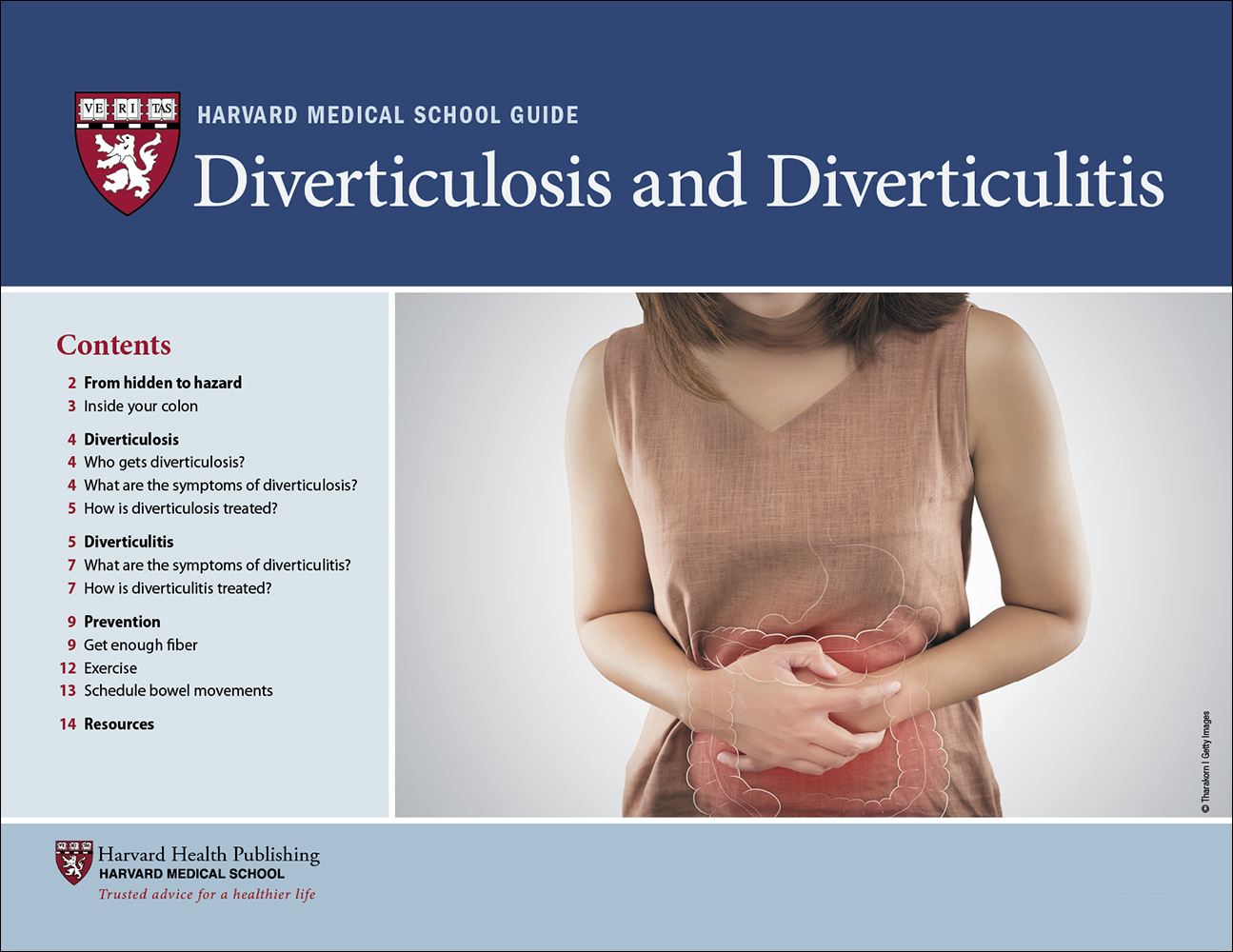
In earlier studies, the antiviral properties of DHA were studied in vitro [14, 15] and in vivo [15] against Coxsackie virus B4, a member of the picornavirus family (one of the main causes of type 1 diabetes mellitus). It is noted that the effect of DHA in the treatment of viral pancreatitis was comparable to or exceeded the effect of ribavirin (previously approved for the treatment of COVID-19). In [16], it was found that the antiviral activity of dihydroquercetin against influenza A and B viruses is comparable or higher than that of rimantadine.
DHA has a positive effect on the molecular mechanisms underlying the regulation of vascular permeability and resistance of the vascular wall, as well as on the metabolism of arachidonic acid, which allows the use of DHA in inflammatory diseases, allergic and hemorrhagic syndromes. DHA helps to reduce the level of circulating pro-inflammatory cytokines (tumor necrosis factor-α, interleukin-1β, interleukin-6).
With long-term use of DHA, it helps to maintain the functions of the immune system, prevents exacerbation of chronic respiratory diseases and the occurrence of SARS.
The first clinical trials of DHA in the treatment of patients with acute pneumonia were carried out more than 20 years ago [17, 18]. The use of DHA in complex therapy contributed to the rapid relief of pulmonary inflammation. An acceleration of the processes of normalization of the main indicators of blood circulation in the bronchial mucosa and a decrease in reactive oxygen species (ROS) in the blood serum were recorded.
Patients with pneumonia treated with 90% DHA at a dose of 40-60 mg 4 times a day during the acute and subacute period had a 1.8-fold more effective clinical and radiographic recovery of lung tissue, as well as reduction of pneumofibrosis by 3.6 times compared with the control group of patients in whom DHA was not included in the therapy [19].
Similar results were obtained in a clinical study of endobronchial microhemocirculation of the bronchial mucosa in patients with chronic obstructive pulmonary disease (COPD) [20].
Membrane stabilizing effect of DHA and its redox properties promote efficient functioning of tissue respiration enzymes, oxygen utilization and ATP synthesis in mitochondria.:max_bytes(150000):strip_icc()/pinched-nerve-headache-treatment-1719581-5c04ae4146e0fb0001cc1846-63608779dc594598ae4331423b0d2aed.png) Along with the stabilization of erythrocyte membranes and the improvement of the oxygen transport function of erythrocytes, these effects determine the antihypoxic, antihemolytic properties of DHA, which contribute to an increase in oxygen and energy supply to cells.
Along with the stabilization of erythrocyte membranes and the improvement of the oxygen transport function of erythrocytes, these effects determine the antihypoxic, antihemolytic properties of DHA, which contribute to an increase in oxygen and energy supply to cells.
DHA blocks the removal of charge from red blood cells, thereby preventing them from sticking together and forming blood clots.
The antiplatelet properties of DHA are widely known [19, 21]. It was shown in vivo [22] that DHA can dose-dependently suppress the aggregation of platelets activated by various inducers.
DHA has a capillary-protective effect, reduces the permeability and fragility of capillaries, improves microcirculation, helps to inhibit the action of enzymes that loosen the connective tissue of the walls of blood vessels and other systems, but activates an enzyme that promotes the “maturation” of collagen (synergism of the action of DHA in relation to ascorbic acid) thus maintaining strength, elasticity and normalizing the permeability of the vascular wall.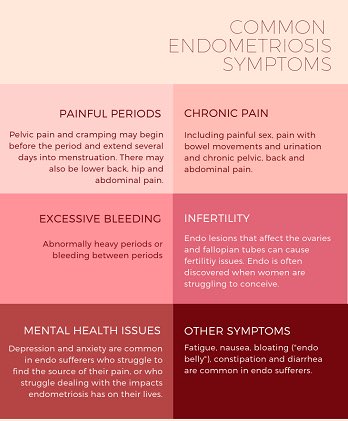
DHA is able to reduce capillary permeability 1.3-1.4 times better than quercetin, while reducing the exudative phase of the inflammatory reaction [23].
Being a ligand of GABA-benzodiazepine complexes of the brain, DHA promotes the manifestation of sedative, hypotensive and analgesic effects.
Clinical trials of drugs with DHA, which have been conducted in Russia for more than 20 years, have shown a positive effect of DHA as a prophylactic agent for reducing the risks of cardiovascular diseases, as well as in rehabilitation after a number of diseases: coronary artery disease, dyscirculatory encephalopathy, cerebral atherosclerosis[24] , diabetes, lung disease. [19]. A dose-dependent inhibition of cholesterol synthesis has been clinically confirmed, reaching 86% [25].
The positive properties of DHA are manifested both in the intracellular and in the extracellular environment. Studies on erythrocytes, leukocytes, macrophages and hepatocytes have shown that DHA contributes to their greater resistance to membrane damage.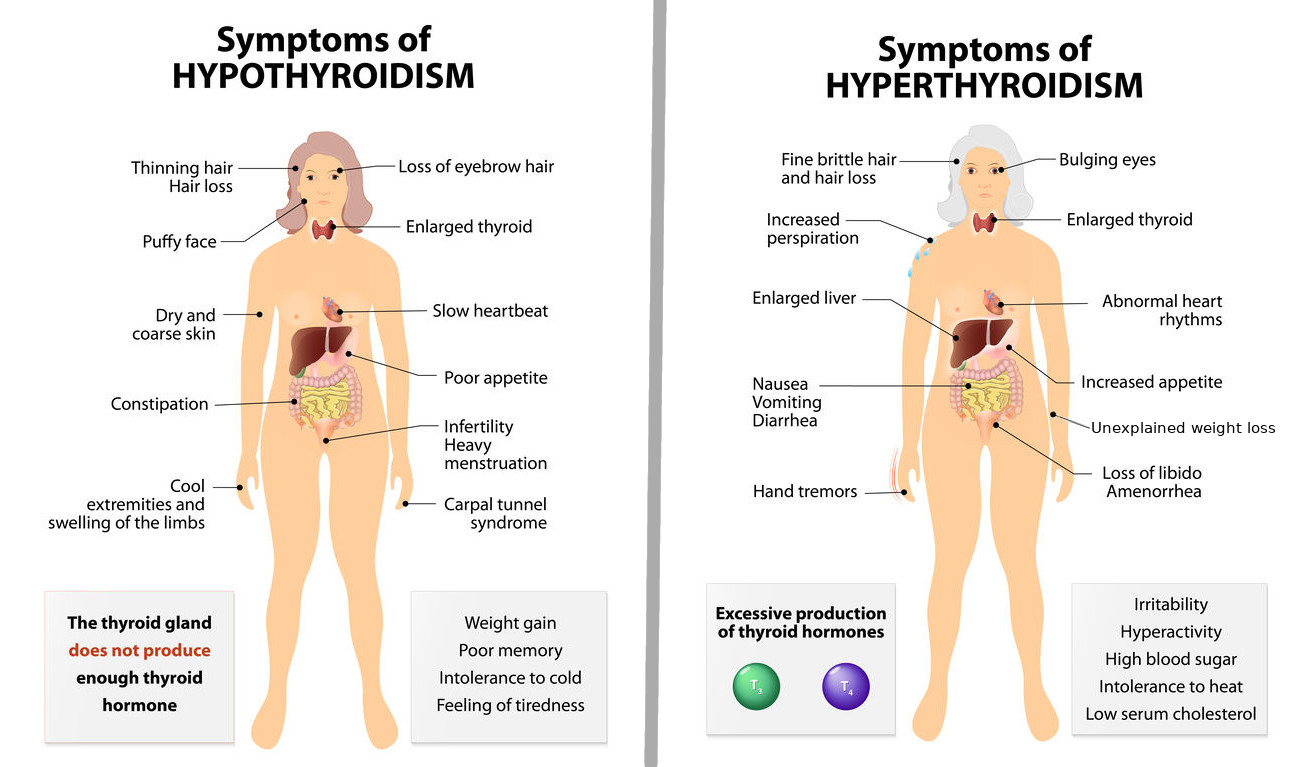 DHA stabilizes cell membranes by inhibiting free radical processes of lipid peroxidation.
DHA stabilizes cell membranes by inhibiting free radical processes of lipid peroxidation.
Dihydroquercetin Application Points for COVID-19
Oxidative stress is a key factor in the development of COVID-19 in a significant number of patients [26–28]. This is especially true for severe cases, in which pulmonary dysfunction, cytokine storm (intense inflammatory reaction) and viral sepsis are manifested.
Today, the prospects for using DHA as a regulator of oxidative stress as part of complex therapy for COVID-19 and for the prevention of possible complications are being actively discussed [29].
Oxidative stress process in COVID-19, accompanied by the formation of ROS, leads to deep damage and bilateral inflammation of lung tissues, uncharacteristic of ordinary inflammation. The results of diagnosing patients using radiography (including computed tomography), as well as the results of pathoanatomical studies of deceased patients, showed that inflammation in COVID-19 has not only a viral, but also a biochemical etiology.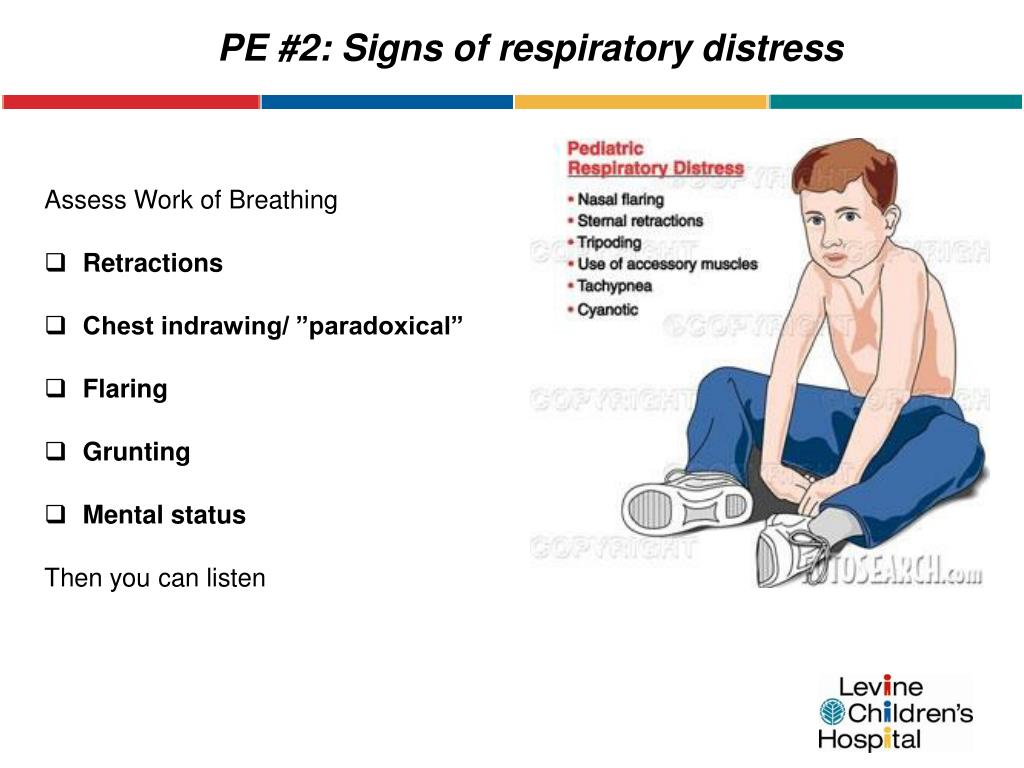 The development of hypoxia against the background of the course of COVID-19 is associated with damage to hemoglobin molecules in erythrocytes, which bind to the surface proteins of the SARS-CoV-2 membrane. This process is accompanied by the release of toxic iron ions from hemoglobin heme into the blood, which are carried in a free form throughout the body. Hemoglobin without iron, when passing through the lungs, is not able to form a bond with oxygen and deliver it to the tissues. As a result, hemoglobin ceases to perform its functions and becomes a carrier of the coronavirus. Free iron causes peroxidation, which leads to degradation of tissues at the level of cellular components – lipids, DNA and proteins, which can result in damage to the brain and nerve tissues. Part of the free iron binds to the protein and forms ferritin, which is a kind of marker for COVID-19..
The development of hypoxia against the background of the course of COVID-19 is associated with damage to hemoglobin molecules in erythrocytes, which bind to the surface proteins of the SARS-CoV-2 membrane. This process is accompanied by the release of toxic iron ions from hemoglobin heme into the blood, which are carried in a free form throughout the body. Hemoglobin without iron, when passing through the lungs, is not able to form a bond with oxygen and deliver it to the tissues. As a result, hemoglobin ceases to perform its functions and becomes a carrier of the coronavirus. Free iron causes peroxidation, which leads to degradation of tissues at the level of cellular components – lipids, DNA and proteins, which can result in damage to the brain and nerve tissues. Part of the free iron binds to the protein and forms ferritin, which is a kind of marker for COVID-19..
DHA as an antioxidant is able to interrupt the chain reaction of oxidation [19, 30-34].
It is known that regular consumption of products with DHA protects the liver from destruction by viruses and toxic substances, improves the elimination of toxins, radionuclides and heavy metal salts. Like all other flavonoids, DHA is a chelating agent and is able to bind to iron [34, 35], inhibiting its participation in ROS generation [36].
Like all other flavonoids, DHA is a chelating agent and is able to bind to iron [34, 35], inhibiting its participation in ROS generation [36].
A number of studies show that DHA inhibits apoptotic processes caused by excess iron in the liver of rats [37]. DHA exhibits similar bioavailability in humans and rats [38, 39], and the content of iron in the liver of rats in the experiment was comparable to that of humans with iron overload. Excess iron leads to a significant increase in lipid and protein peroxidation, as well as a decrease in the overall antioxidant capacity of liver tissues.
Impaired liver function associated with the accumulation of iron in it as a result of hemoglobin degradation is accompanied by the release of a specific enzyme alanine aminotransferase (ALT) into the blood, which acts as a marker for the development of severe forms of COVID-19.
DHA, by reducing the iron content in the liver, enhances the regeneration of damaged tissues. The use of DHA contributes to the improvement of the histopathological picture of the liver, the reduction of iron-induced inflammatory reactions is confirmed by a decrease in the activity of hepatic transaminases in the blood serum.
Studies conducted on volunteers revealed an improvement in the stability of the psycho-emotional state of volunteers in the context of the COVID-19 pandemic, taking a carbohydrate product enriched with freeze-dried DHA nanoemulsion. Volunteers were exposed to a stress factor due to exposure to information about the dynamics and consequences of the spread of coronavirus infection. Compared with the control group taking the placebo product, volunteers taking the product with DHA showed a significantly lower increase in the value of the leukocyte index of intoxication (6.1 vs. 40.9%), as well as a significantly smaller decrease in the value of the lymphocytic index (3.8 vs. 8%), indirectly indicating the state of stress in the body. Volunteers who took the product with DHA showed a decrease in serum cortisol by 7.6%, while in the group taking the placebo product, cortisol increased by 75.9% against the background of the stress factor, which allows us to conclude on increasing the resistance of the body of volunteers to the action of stress factors in living conditions during the COVID-19 pandemicthrough the use of a product with DHA [40].
Conclusion
The biological activity of DHA is aimed at restoring the normal functioning of all major SARS-CoV-2 target organs, such as lungs, heart, liver, etc. In addition, DHA is an anticoagulant and a powerful antioxidant, which contributes to the normalization of hematological blood parameters . Positive results from previous clinical trials in the treatment of acute pneumonia suggest that DHA may also be used to treat pneumonia caused by novel coronavirus infection COVID-19. The ability of DHA to remove toxic free iron, which is formed as a result of the degradation of hemoglobin under the influence of SARS-CoV-2, can significantly reduce tissue degradation and reduce the load on the liver against COVID-19. All of the above allows us to consider DHA as a potential immunonutrient in the complex therapy of SARS-CoV-2, can significantly reduce tissue degradation and reduce the load on the liver against the background of COVID-19.
Material intended for medical professionals
In Russia there is the only * dihydroquercetin with a maximum dosage of 100 mg per 1 tablet, registered as a drug to support the health of the bronchopulmonary system ** , as well as to prevent blood thickening and thrombosis of small vessels, strengthen antiviral immunity.
Learn more
* Based on DMS group data for 2021.
** According to the Unified Register of Certificates of State Registration, October 2020
The publication was supported by the PFUR Strategic Academic Leadership Program.
Literature
1 Antonio A.D.S. et al. Natural products’ role against COVID-19 // RSC Adv. 2020 Vol. 10. No. 39. P. 23379–23393. DOI: https://doi.org/10.1039/D0RA03774E.
2. Islm M. T. et al. Natural products and their derivatives against coronavirus: A review of the non-clinical and pre-clinical data // Phytother. Res. 2020. Vol 34. No. 10. P. 2471-2492. DOI: https://doi.org/10.1002/ptr.6700.
3. Gogoi N. et al. Computational guided identification of a citrus flavonoid as potential inhibitor of SARS-CoV-2 main protease // Mol. Divers. 2020. DOI: https://doi.org/10.1007/s11030-020-10150-x.
4. Fischer A. et al. Potential Inhibitors for Novel Coronavirus Protease Identified by Virtual Screening of 606 Million Compounds // Int. J. Mol. sci. 2020 Vol. 21. N 10. Article 3626. DOI: https://doi.org/10.3390/ijms21103626.
J. Mol. sci. 2020 Vol. 21. N 10. Article 3626. DOI: https://doi.org/10.3390/ijms21103626.
5. Tyukavkina N.A., Lapteva K.I., Medvedeva S.A. Phenolic extractive substances of the genus Larix // Wood Chemistry. 1973. Issue. 13. P. 3-17.
6. Babkin V.A., Ostroumova L.A., Dyachkova S.G., Svyatkin Yu.K., Babkin D.V., Onuchina N.A. Waste-free complex processing of Siberian and Daurian larch biomass // Chemistry for Sustainable Development. 1997. No. 5. S. 105-115.
7. Tyukavkina N.A., Rudenko I.A., Kolesnik Yu.A. Natural flavonoids as biological antioxidants and biologically active additives // Food Issues. 1996. No. 2. S. 33-38.
8. Tyukavkina N.A., Rudenko I.A., Kolesnik Yu.A. Dihydroquercetin – a new antioxidant and biologically active additive // Food Issues. 1997. No. 6. P. 12−15.
9. Plotnikov M.B., Tyukavkina N.A., Plotnikova T.M. Medicinal preparations based on diquertin. Tomsk, 2005. 245 p.
10. Shchukina O.G., Yushkova G.G., Chernyak Yu.I. Investigation of peroxidation processes in animals with oral administration of dihydroquercetin. Siberian Medical Journal. 2008. No. 4. S. 46-48.
Siberian Medical Journal. 2008. No. 4. S. 46-48.
11. Kravchenko L.V. Evaluation of the antioxidant and antitoxic efficacy of the natural flavonoid dihydroquercetin // Toxikol. vestn. 2005. No. 1. S. 14-20.
12. Potapovich A.I., Kostyuk V.A. Comparative study of antioxidant properties and cytoprotective activity of flavonoids // Biochemistry. 2003. V. 68. No. 5. S. 632-638.
13. Kostyrya O.V., Korneeva O.S. On the prospects for the use of dihydroquercetin in the production of products with a prolonged shelf life // Vestn. VSUIT. 2015. No. 4 (66). pp. 165-170.
14. Galochkina A.V. et al. Study of the antiviral activity of dihydroquercetin in the process of replication of the Coxsackie B4 virus in vitro // Problems of Virology. 2016. V. 61. No. 1. C. 27-31. URL: https://www.elibrary.ru/item.asp?id=25968037.
15. Galochkina A.V. et al. Virus-inhibiting activity of dihydroquercetin, a flavonoid from Larix sibirica, against coxsackievirus B4 in a model of viral pancreatitis // Arch.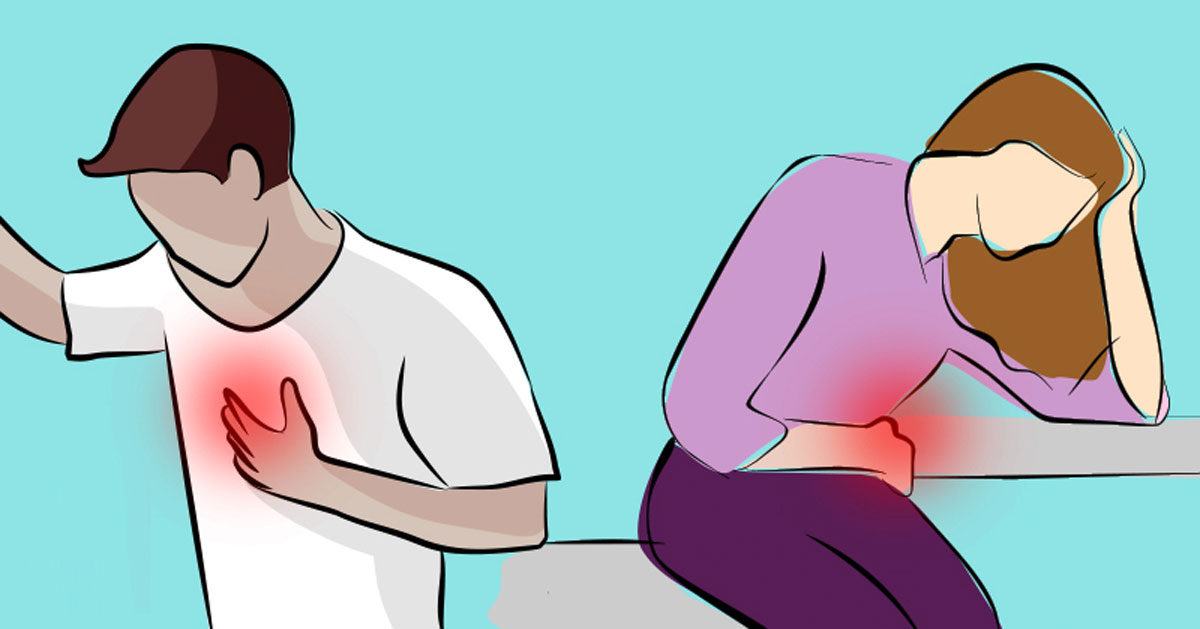 Virol. 2016. 161(4), P. 929-938. DOI: https://doi.org/10.1007/s00705-016-2749-3.
Virol. 2016. 161(4), P. 929-938. DOI: https://doi.org/10.1007/s00705-016-2749-3.
16. Zarubaev V.V. and other Antiviral drugs based on biologically active substances from larch wood // Bulletin of the All-Russian Scientific Center of the Siberian Branch of the Russian Academy of Medical Sciences. 2010. No. 1 (71). C. 76-80.
17. Kolhir V.K. et al. Use of a new antioxidant diquertin as an adjuvant in the therapy of patients with acute pneumonia // Phytother. Res. 1998 Vol. 12. No. 8. P. 606-608. DOI: https://doi.org/10.1002/(SICI)1099-1573(199812)12:8%3C606::AID-PTR367%3E3.0.CO;2-U.
18. Teselkin Yu.O. et al. The use of a new antioxidant agent diquertin in the treatment of patients with acute pneumonia // Questions of biological, medical and pharmaceutical chemistry. 1999. No. 1. S. 36-40.
19. Plotnikov M.B., Tyukavkina N.A., Plotnikova T.M. Medicinal preparations based on diquertin. Tomsk: Publishing House Vol. un-ta, 2005. 228 p.
20. Danilenko S.A. Correction of microcirculation disorders in patients with chronic obstructive pulmonary disease with dihydroquercetin // Siberian Medical Journal.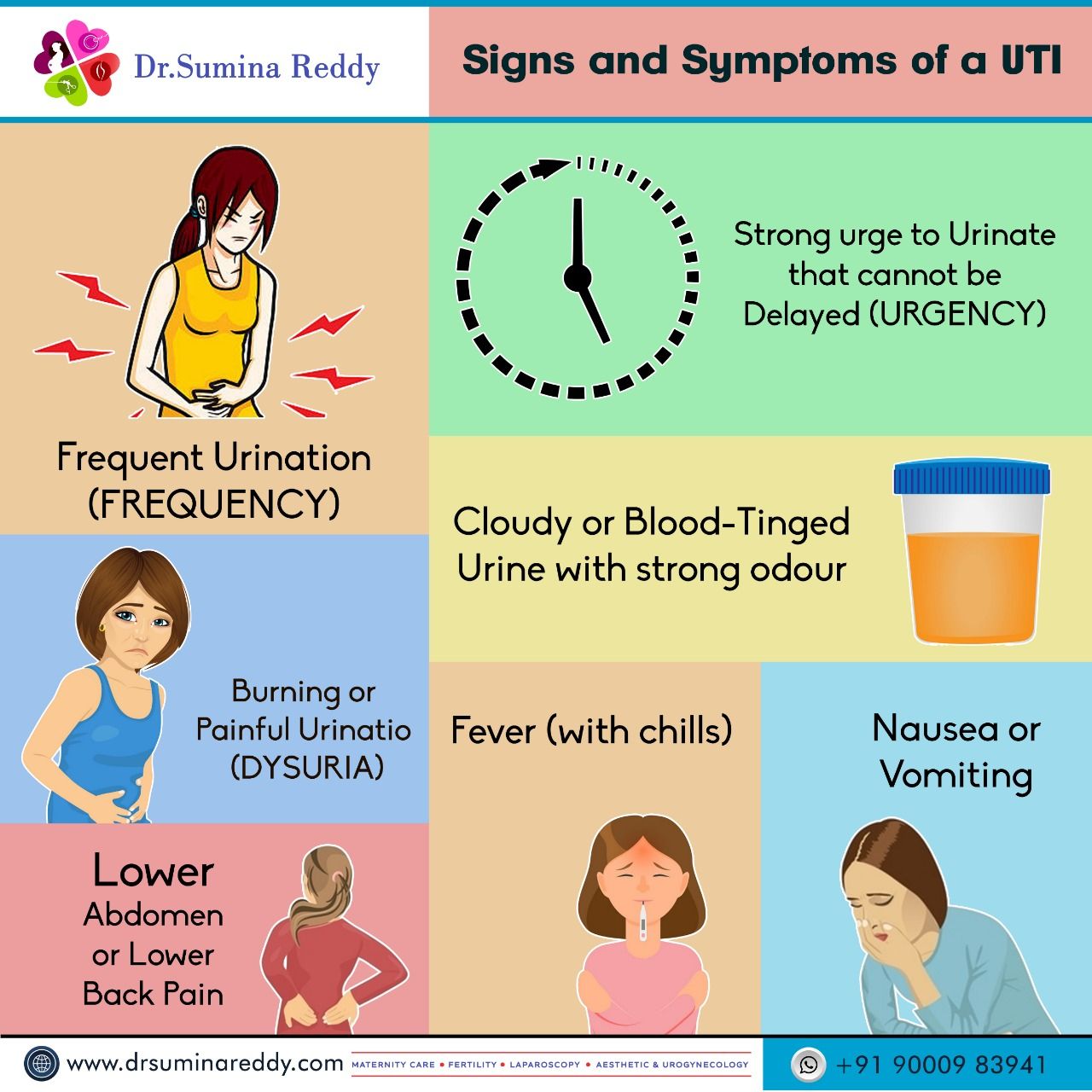 2010. Vol. 94. No. 3. C. 59-62.
2010. Vol. 94. No. 3. C. 59-62.
21. Bizyuk L.A., Korolevich M.P. Antioxidant dihydroquercetin: clinical and pharmacological efficacy and ways of synthesis // Medical business: scientific and practical therapeutic journal. 2013. No. 1. P. 13-19. URL: https://www.elibrary.ru/item.asp?id=23878287.
22. Kubatiev A.A. Dikvertin — an effective inhibitor of platelet aggregation of flavonoid nature // Questions of biological, medical and pharmaceutical chemistry. 1999. No. 3. S. 47-51.
23. Kolkhir V.K. et al. Dikvertin — a new antioxidant and capillary-protective agent // Chem.-pharmacist. magazine 1995. T. 29. No. 9. S. 61-64.
24. Tarasova E.A. The use of a new antioxidant drug Diquertin in the treatment of patients with coronary heart disease // Prakt. phytoter. 1999. No. 1. S. 37-41.
25. Theriault A. et al. Modulation of hepatic lipoprotein synthesis and secretion by taxifolin, a plant flavonoid // J. Lipid Res. 2000 Vol. 41. No. 12. P. 1969–1979. DOI: https://doi. org/10.1016/S0022-2275(20)32358-0.
org/10.1016/S0022-2275(20)32358-0.
26. Delgado-Roche L., Mesta F. Oxidative stress as a key player in severe acute respiratory syndrome coronavirus (SARS-CoV) infection // Arch. Med. Res. 2020 Vol. 51. No. 5. P. 384-387. DOI: https://doi.org/10.1016/j.arcmed.2020.04.019.
27. Cecchini R., Cecchini A. L. SARS-CoV-2 infection pathogenesis is related to oxidative stress as a response to aggression // Med. hypotheses. 2020 Vol. 143. Article 110102. DOI: https://doi.org/10.1016/j.mehy.2020.110102.
28. Beltrán-García J. et al. Oxidative Stress and Inflammation in COVID-19-Associated Sepsis: The Potential Role of Anti-Oxidant Therapy in Avoiding Disease Progression // Antioxidants. 2020 Vol. 9. No. 10. Article 936. DOI: https://doi.org/10.3390/antiox9100936.
29. Mironova G.D. et al. Prospects for the use of regulators of oxidative stress in the comprehensive treatment of the novel Coronavirus Disease 2019 (COVID-19) and its complications // Eur. Rev. Med. Pharmacol. sci. 2020 Vol. 24. No. 16. P. 8585-8591. DOI: https://doi.org/10.26355/eurrev_202008_22658.
2020 Vol. 24. No. 16. P. 8585-8591. DOI: https://doi.org/10.26355/eurrev_202008_22658.
30. Khairullina V.R. Determination of the antioxidant effect of quercetin and dihydroquercetin as part of binary compositions // Chemistry of vegetable raw materials. 2008. No. 4. C. 59-64.
31. Teselkin Yu.O. and other Antioxidant properties of dihydroquercetin // Biophysics. 1996. V. 41. No. 3. C. 621-624.
32. Li X. et al. The mechanism of (+) taxifolin’s protective antioxidant effect for OH-treated bone marrow-derived mesenchymal stem cells // Cell. Mol. Biol. Lett. 2017 Vol. 22. No. 1. P. 1-11. DOI: https://doi.org/10.1186/s11658-017-0066-9.
33. Rong Y. et al. A theoretical study on cellular antioxidant activity of selected flavonoids // Spectrochim. Acta A. 2012. Vol. 93. P. 235–239. DOI: https://doi.org/10.1016/j.saa.2012.03.008.
34. Topal F. et al. Antioxidant activity of taxifolin: an activity–structure relationship // Journal of Enzyme Inhibition and Medicinal Chemistry. 2016. Vol. 31. No. 4.pp. 674-683. DOI 10.3109/14756366.2015.1057723.
2016. Vol. 31. No. 4.pp. 674-683. DOI 10.3109/14756366.2015.1057723.
35. Shubina V.S., Shatalin Y.V. Antioxidant and iron-chelating properties of taxifolin and its condensation product with glyoxylic acid // Journal of food science and technology. 2017 Vol. 54. No. 6.pp. 1467-1475. DOI 10.1007/s13197-017-2573-0.
36. Babenkova I.V., Osipov A. N., Teselkin Y. O. The Effect of Dihydroquercetin on Catalytic Activity of Iron (II) Ions in the Fenton Reaction // Bulletin of Experimental Biology and Medicine. 2018.pp. 347-350. DOI 10.1007/s10517-018-4167-x.
37. Salama S.A., Kabel A.M. Taxifolin ameliorates iron overload-induced hepatocellular injury: Modulating PI3K/AKT and p38 MAPK signaling, inflammatory response, and hepatocellular regeneration // Chemico-biological interactions. 2020 Vol. 330. Article 109230. DOI 10.1016/j.cbi.2020.109230.
38. Yang C.J. et al. UHPLC-MS/MS determination, pharmacokinetic, and bioavailability study of taxifolin in rat plasma after oral administration of its nanodispersion // Molecules. 2016. Vol. 21. No. 4. Article 494. DOI 10.3390/molecules21040494.
2016. Vol. 21. No. 4. Article 494. DOI 10.3390/molecules21040494.
39. Alves M.C. et al. Taxifolin: evaluation through ex vivo permeations on human skin and porcine vaginal mucosa // Current drug delivery. 2018 Vol. 15. No. 8.pp. 1123–1134. DOI 10.2174/15672018156661801160
.
40. Naumenko N.V. Possibilities of regulating the stress-protective properties of food products to increase the immunity of the human body in the context of the COVID-19 pandemic // Chelovek. Sport. Medicine. 2020. Vol. 20. No. S1. pp. 116-127. DOI 10.14529/hsm20s115.
Credits Tatarinov Vasily Vadimovich 1 — Head of the research and production company Nanofit LLC, employee of the electron probe microanalysis group of the laboratory of X-ray methods of analysis of the IGC SB RAS. 1. Federal State Budgetary Institution of Science “Institute of Geochemistry named after A.I. A.P. Vinogradov, Siberian Branch of the Russian Academy of Sciences, 664033, Irkutsk, Russian Federation. 2. FGAOU VO “Peoples’ Friendship University of Russia” (PFUR), 117198, Moscow, st. Miklukho-Maklaya, 6, Russian Federation. | About authors Tatarinov Vasiliy V. 1 – Head of the research and production company LLC “Nanofit”, employee of the group of electron probe microanalysis of the laboratory of X-ray methods of analysis, IGC SB RAS. 1. Vinogradov Institute of Geochemistry, Siberian Branch of the Russian Academy of Sciences, 664033, Irkutsk, Russian Federation. 2. Рeoples’ Friendship University of Russia (RUDN University), Moscow, Russian Federation. |
Source: Tatarinov V.V., Orlova S.V., Nikitina E.A. et al. Dihydroquercetin as a potential immunonutrient in the complex therapy of COVID‑19// Medical alphabet. 2021. No. 22. S. 28-32.
As an advertisement
Moscow authorities: tests for coronavirus are often false negative
By Maria Tsvetkova to diagnose infections with the novel coronavirus often give incorrect results, Moscow authorities said Thursday, casting doubt on official statistics.
The Moscow health department’s direct admission was made on the same day that Moscow Mayor Sergei Sobyanin said that the actual number of people infected with the coronavirus in Moscow was three times the official figure.
This suggests that the situation with the epidemic, and Russia is in fifth place in terms of the number of infected with 187.859 cases, may be even more serious than official figures indicate.
It may also mean that carriers of the virus, who are allowed to return home by doctors, can infect other people.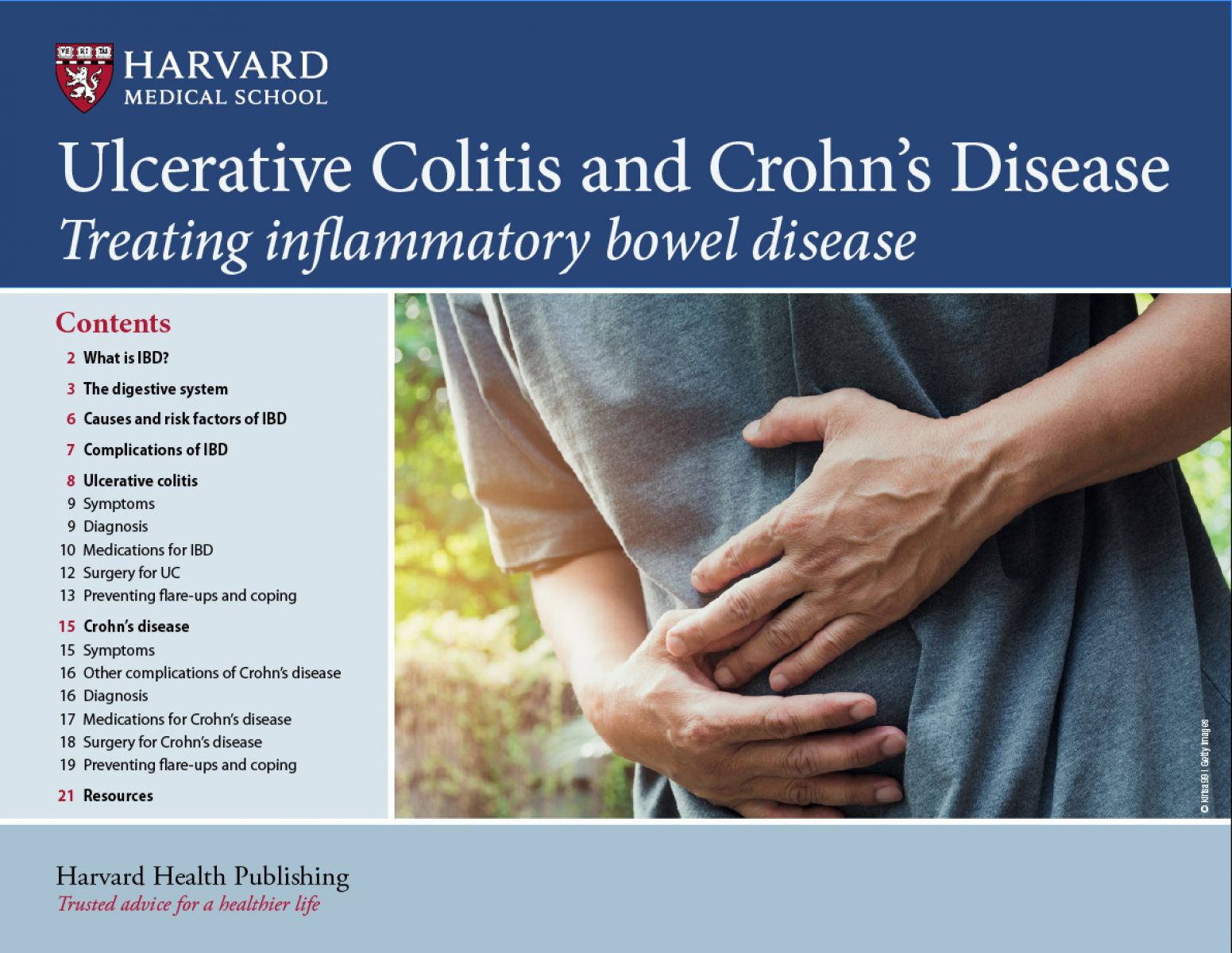 Reuters was able to verify one case where the return home of a patient with a negative test ended in illness and death of the person who lived with him in the apartment.
Reuters was able to verify one case where the return home of a patient with a negative test ended in illness and death of the person who lived with him in the apartment.
Russian medical institutions mainly use tests produced by the State Institute “Vector” in Novosibirsk. The technology is based on the so-called polymerase chain reaction, or PCR, which copies and amplifies DNA fragments with genetic information.
“In the late stages of the disease, PCR often gives false negative results,” the Moscow Health Department said in a statement.
Taking into account this error, Moscow clinics began to use other tests for antibodies to coronavirus simultaneously with PCR.
Moscow has become the epicenter of coronavirus infections in Russia. It accounts for more than half of confirmed cases of illness and death. In April, after doctors complained about inaccurate PCR test results, it changed its testing policy to automatically consider anyone infected with viral pneumonia as potential carriers of the new coronavirus.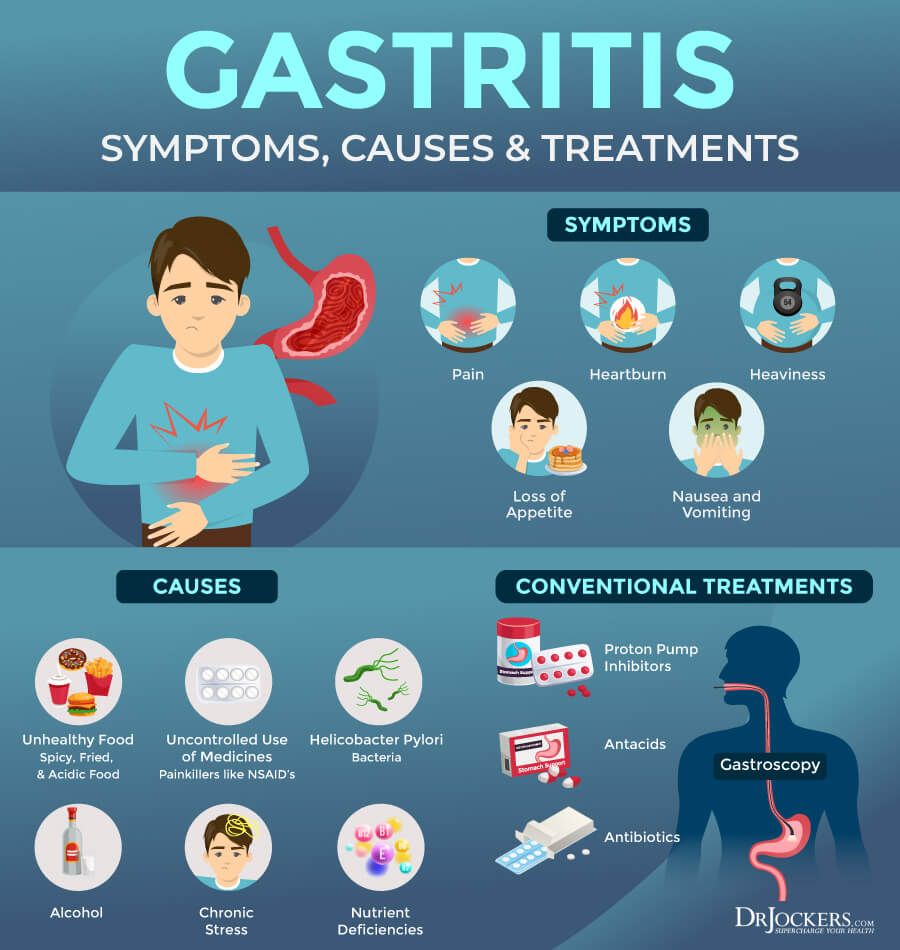
Moscow has also begun testing for antibodies to the coronavirus, using tests manufactured by Inzek International Trading, headquartered in the Netherlands, which has identified some people with a clinical picture of the coronavirus, but with a negative PCR test result.
GAP
The document seen by Reuters also confirms that there are flaws in the PCR tests.
A study conducted on the basis of the Moscow Hospital 67, redeveloped for the treatment of those infected with coronavirus, compared tests using the PCR method and a blood test for antibodies. In one case, 34 hospitalized patients with symptoms of coronavirus infection had negative PCR tests, but an antibody test was able to confirm the virus in 13 of them, according to the study protocol.
In another group of 53 hospitalized patients with positive PCR tests and symptoms of coronavirus, antibody tests also showed mostly positive results.
In response to a Reuters request for comment, the press service of the Russian Ministry of Health said that cases of coronavirus infection are confirmed not only by laboratory testing, but also “clinically and epidemiologically” in accordance with the recommendations of the World Health Organization.

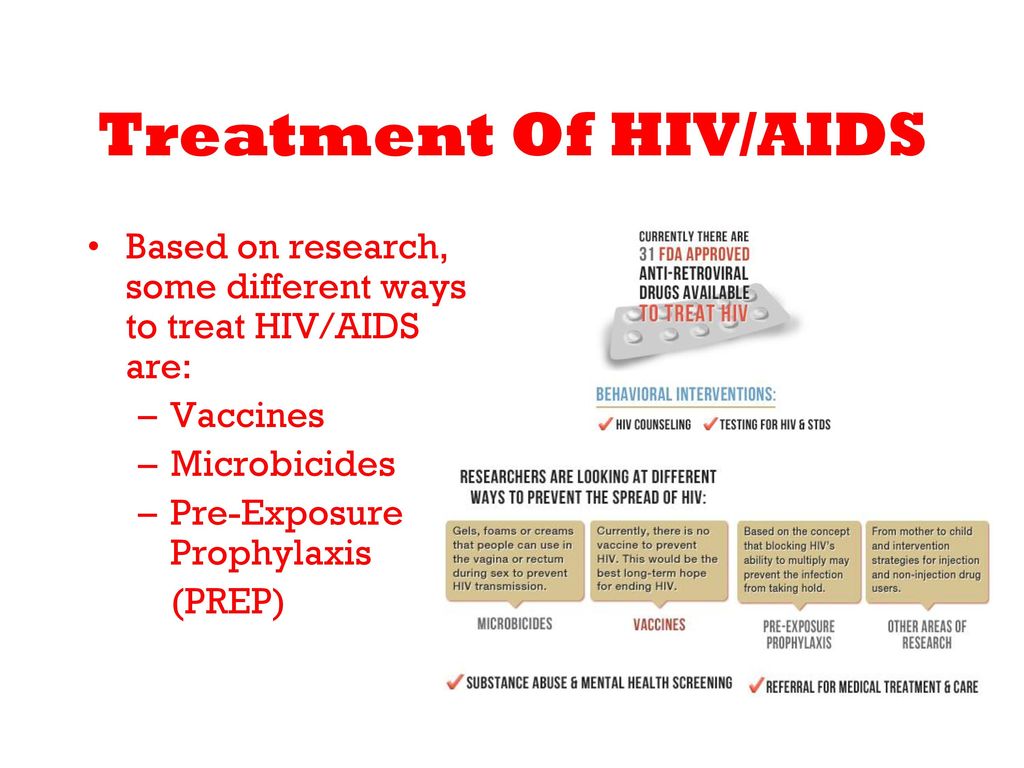 P. Acthar Gel, a highly purified preparation of adrenocorticotropic hormone (ACTH) in a gel. ACTH stimulates the adrenal cortex gland to secrete cortisol, corticosterone, and aldosterone, per the NMSS.
P. Acthar Gel, a highly purified preparation of adrenocorticotropic hormone (ACTH) in a gel. ACTH stimulates the adrenal cortex gland to secrete cortisol, corticosterone, and aldosterone, per the NMSS.
:max_bytes(150000):strip_icc()/itching-as-a-symptom-of-multiple-sclerosis-2440786-312145dee4c6483ead62da0547d8bea1.png)



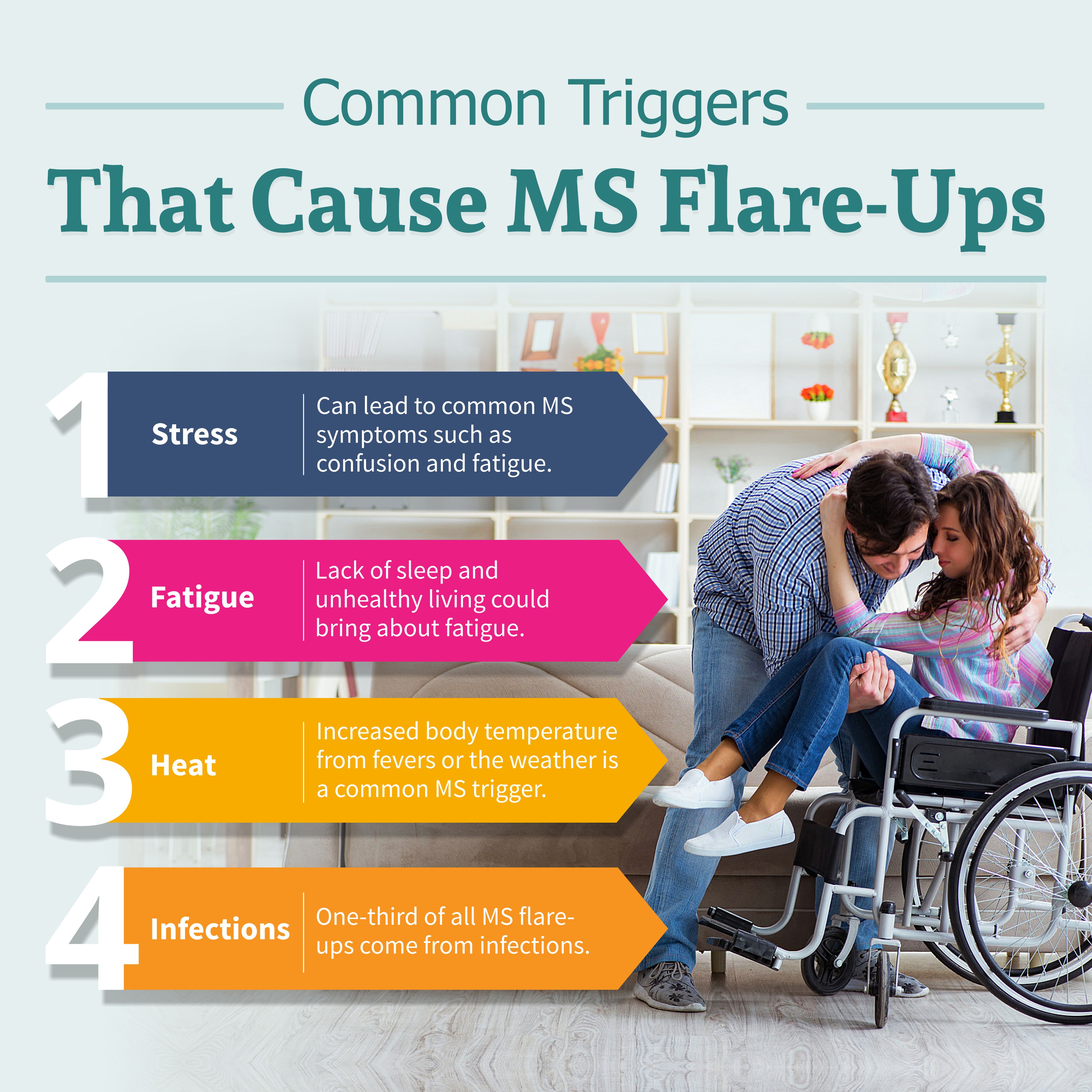 E-mail:
E-mail:  E-mail:
E-mail: 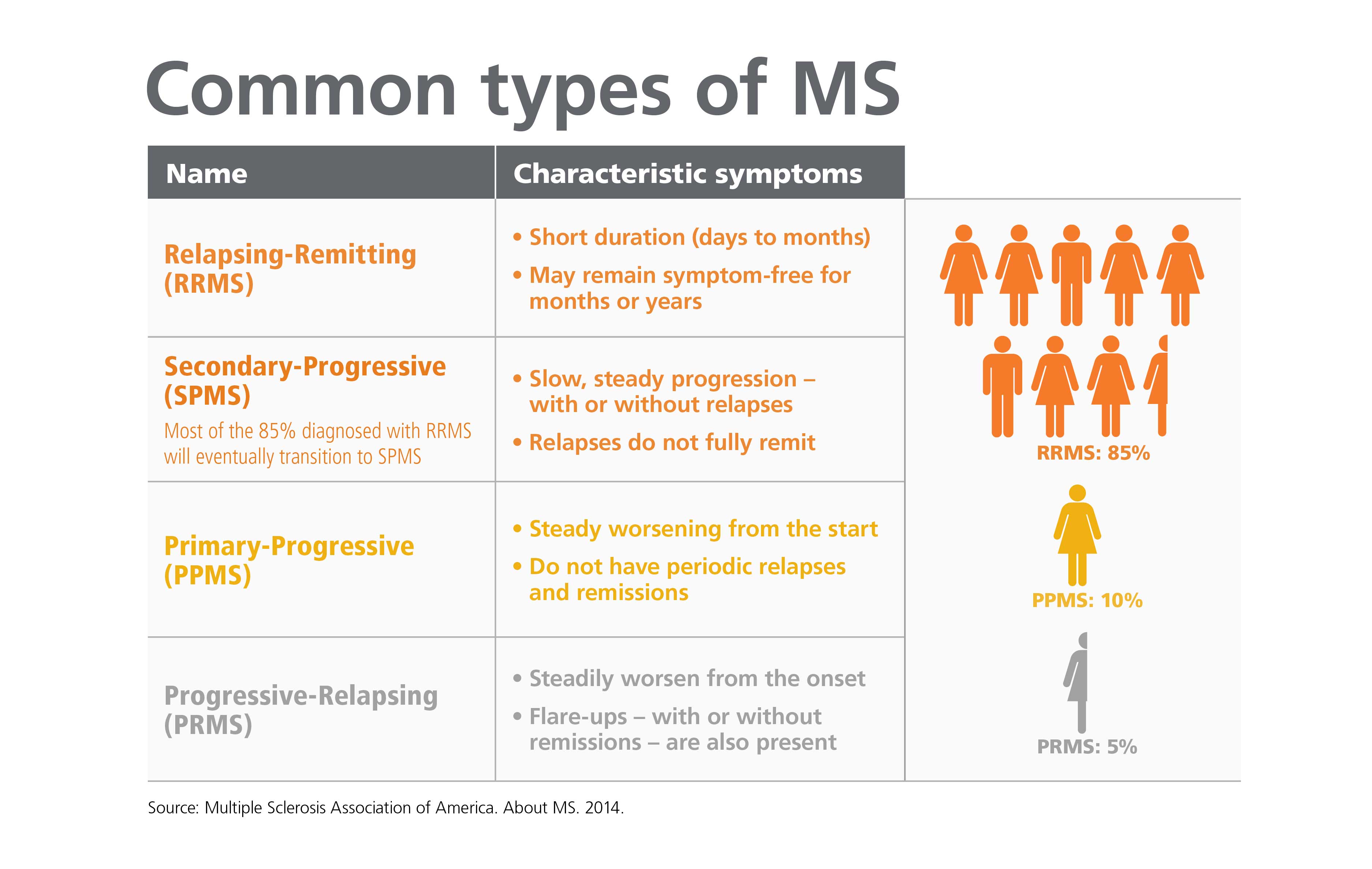 E-mail:
E-mail: 